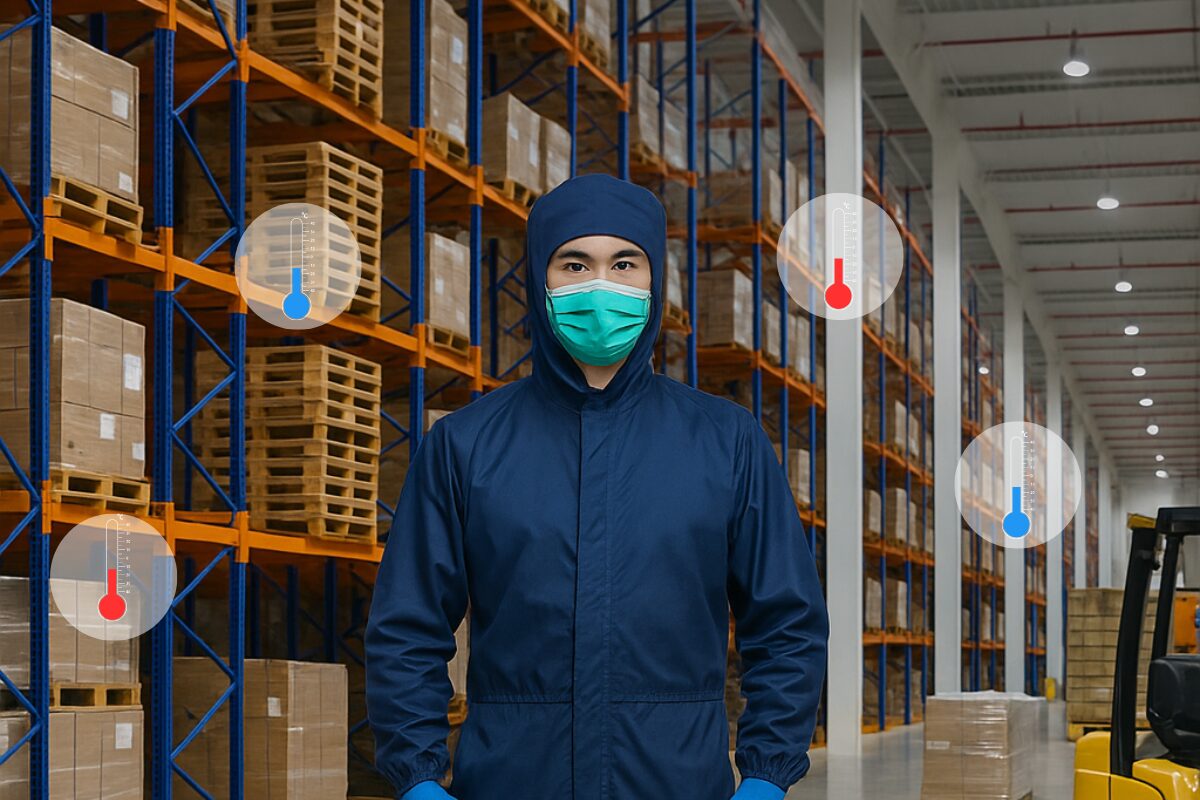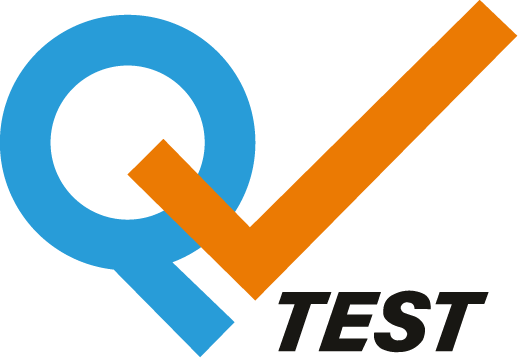Temperature and Humidity Distribution
Measuring and analyzing the distribution or maintenance of temperature and humidity in a given area or space.
What is Temperature and Humidity Distribution?
Temperature and Humidity Distribution refers to the measurement and analysis of how temperature and humidity are spread or maintained across a defined area or space. Our goal is to ensure consistent environmental conditions throughout your facility, especially in areas where strict climate control is critical for product integrity and operational efficiency.
From storage facilities to cleanrooms, precise environmental data is crucial. We provide comprehensive studies to identify and mitigate any inconsistencies, ensuring your operations meet the highest standards.
The Importance of Temperature and Humidity Distribution
Precise environmental control is critical in facilities where sensitive products, processes, or patients are involved. Inadequate distribution of temperature and humidity can result in:
Product degradation or loss of efficacy
Increased microbial growth or electrostatic discharge risks
Non-compliance with international regulations such as GMP, ISO 14644, WHO guidelines, and PIC/S
Excessive energy consumption due to overcompensating HVAC systems
To mitigate these risks, organizations must perform structured validation and verification processes, ensuring that environmental conditions remain within allowable limits.
Methodologies for Temperature and Humidity Distribution Studies
The process of assessing environmental consistency is generally referred to as a Temperature and Humidity Mapping Study. This validation activity follows structured protocols and typically includes the following steps:
Planning and Scope Definition
Identify the target area such as cleanrooms, storage facilities, vaccine warehouses, or critical laboratories.
Define objectives and acceptance criteria in line with regulatory requirements.
Sensor Placement Strategy
Install Electronic Data Logging Monitors (EDLMs) at strategic points including high, mid, and low levels of the area.
Place sensors at critical control points, particularly near doors, HVAC outlets, and known risk areas where hot or cold spots may occur.
Data Collection
Conduct continuous monitoring over a predefined period (e.g., 7–14 days).
Include both normal operating conditions and worst-case scenarios, such as high storage loads or frequent door openings.
Data Analysis and Interpretation
Evaluate minimum, maximum, and mean values.
Identify hot and cold spots, as well as areas with inconsistent humidity distribution.
Perform statistical analysis to confirm compliance with acceptance criteria.
Corrective and Preventive Actions (CAPA)
Adjust HVAC airflow balance or modify duct systems.
Introduce dehumidifiers or dust collectors where necessary.
Enhance insulation and airflow uniformity to eliminate variability.
Applications Across Industries
Pharmaceutical Warehousing – safeguarding medicines and vaccines from instability caused by environmental fluctuations.
Cleanrooms – ensuring strict humidity control to prevent microbial contamination and electrostatic discharge.
Hospital and Healthcare Facilities – maintaining safe conditions in surgical rooms, ICUs, and specialized laboratories.
Food and Beverage – preserving raw materials and finished products within regulated environmental conditions.
Data Centers – stabilizing humidity and temperature to protect servers and critical IT infrastructure.
The Role of HVAC Systems
The HVAC system is the backbone of environmental control. It is responsible for delivering clean, conditioned air while maintaining appropriate pressure, temperature, and humidity. For compliance and efficiency, HVAC systems must:
Ensure directional airflow from cleaner to less-clean zones to minimize contamination risks.
Maintain stable temperature and humidity ranges according to defined specifications.
Work in synergy with Dust Collector Systems to reduce particulate loads and prolong filter life.
Optimize energy use without compromising environmental control.
Validation of HVAC performance through Cleanroom Primary Tests (e.g., airflow velocity, filter integrity, pressurization) and Secondary Tests (e.g., recovery time, temperature/humidity uniformity, vibration levels) provides assurance that the system operates reliably under all conditions.

Our Core Objectives
Uniformity Verification
Verify that temperature and humidity are uniformly maintained within acceptable limits across your space.
Identify Hot & Cold Spots
Pinpoint areas with higher or lower temperatures that could impact product stability or process efficiency.
Humidity Anomaly Detection
Detect zones with undesirable high or low humidity levels crucial for sensitive materials and environments.
Compliance & Quality
Ensure uncompromised product quality, safety, and full adherence to industry regulatory compliance.
Where Our Services Make a Difference
Cold Rooms & Freezers
Critical for vaccines, pharmaceuticals, and food storage.
Cleanrooms
Maintaining pristine conditions for sensitive manufacturing.
Pharmaceutical Warehouses
Ensuring drug stability and regulatory compliance.
Environmental Chambers
Accurate testing environments for product development.
Data Centers
Preventing overheating and data loss due to environmental factors.
Our Streamlined Process
Strategic placement of advanced data loggers at multiple critical locations within your space to capture comprehensive environmental data.
Recording environmental data for a set duration, typically 7 days, to ensure representative and reliable insights into conditions over time.
Our experts analyze the collected data to check for consistency, identify anomalies, and uncover critical trends or fluctuations.
Receive detailed reports, including heat maps, distribution charts, trend graphs, and actionable recommendations for system improvements.
Ready to Optimize Your Environment?
Partner with QV TEST for unparalleled expertise in temperature and humidity distribution studies. Ensure the stability and compliance of your critical environments.
